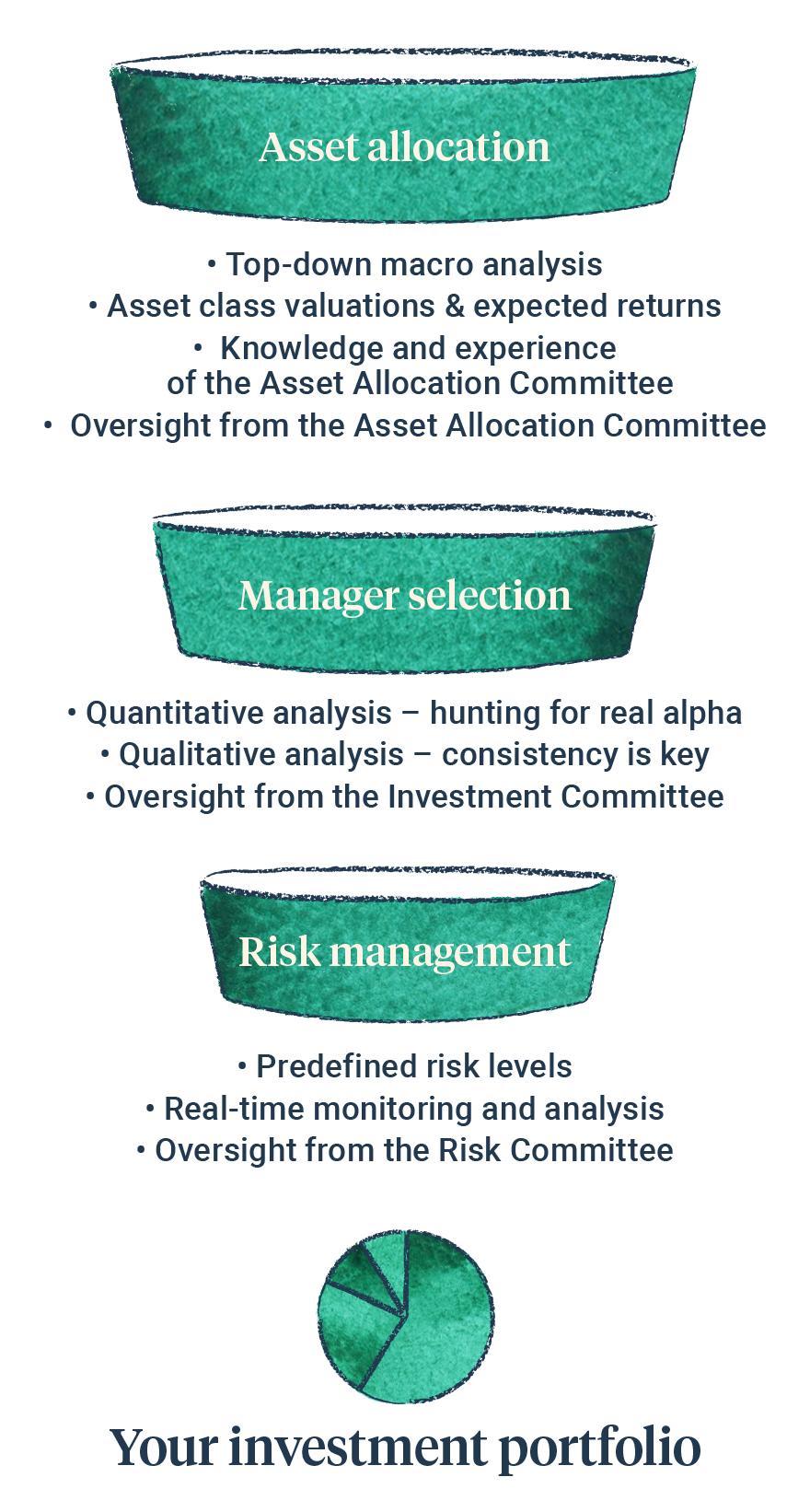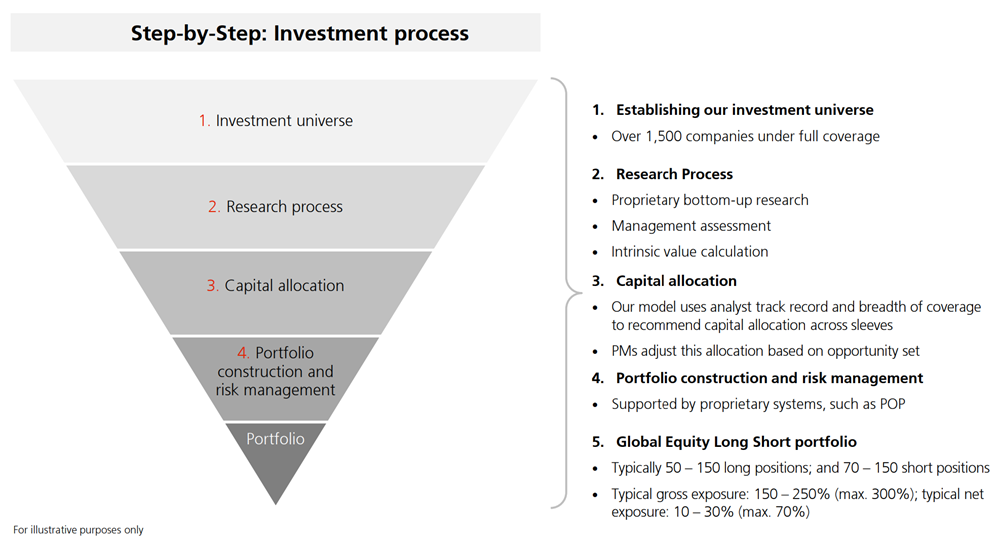Growth (economic)
The economic outlook is mixed, but generally positive. Economies are growing, although more slowly than long-term growth rates. Inflation is falling but is generally higher than central bank targets. Unemployment is rising in some economies but remains near record lows.
GDP figures vary depending where you look. US GDP growth – whilst still positive – slowed to 0.4% in the first quarter of 2024. This was below estimates and significantly slower than the 0.8% figure in Q4 2023. Japan’s economy shrunk more than expected at -0.5%. On the positive side, China’s economy continued to recover, posting 1.6% GDP growth in the first quarter. The UK and Eurozone have exited technical recessions posting positive GDP figures at 0.6% and 0.3% respectively.
Inflation continues to fall in most economies. In the US, inflation fell from 3.4% in April to 3.3% in May, UK inflation fell from 3.2% in March to 2.6% in April. Eurozone inflation increased from 2.4% in April to 2.6% May. All based on the latest available Consumer Price Indices “CPI”. The Federal Reserve’s preferred measure of US inflation – the Personal Consumption Expenditures (PCE) price index – has plateaued at a level of 2.7%, which calls into question whether the US central bank will start cutting interest rates anytime soon.
Looking forward, leading economic indicators such as the composite Purchasing Managers’ Index (PMI) – monthly surveys of company executives on business conditions – suggest economic expansion is ahead. In May, PMI figures were: 54.5 in the US, 53 in the UK, 52.6 in Japan and 52.2 in the Eurozone. Consumer confidence and retail spending indicators have started to turn down.
Putting this all together, although there are signs of a slowing global economy, the committee does not see a significant threat of a global recession any time soon.
Interest rate & liquidity environment
Some developed market central banks have begun reducing interest rates (Europe, Canada, Switzerland, Sweden). These cuts come on the back of inflation drifting down to target levels. There are question marks over when the US Federal Reserve will start cutting interest rates given robust employment figures and economic growth, and lingering inflation. In the UK, the Bank of England is expected to wait until after the election on 4 July before they start cutting rates. The outlier is Japan, where rates are starting to rise, given rising inflation and economic growth.
The path for rates after the first round of cuts is unclear, as central banks have to tread a fine line between loosening policy before inflation is truly vanquished and choking their economies by leaving rates too high for too long.
With global inflation continuing to fall, the committee are of the view that we have entered a broad-based rate cutting cycle (with the exception of Japan), but questions remain as to the speed and size of these cuts.
Valuations & earnings outlook
Corporate earnings continue to be strong, although analysts have been tempering their 2024 expectations slightly. There is a strong consensus for higher earnings growth in 2025, especially in the US and emerging markets. Valuations look fair in most geographies, with only the US looking expensive, and Europe and the UK looking relatively cheap.
Analysts are expecting 9.8% global earnings growth for 2024, and 13% for 2025. Within that, emerging markets have the largest expected earnings growth rates, 20.8% and 15.5% in 2024 and 2025 respectively. The UK and Europe are expected to return to healthy earnings growth in 2025, at 8.3% and 10.3% respectively. US earnings growth has been revised down in 2024, but still remains at a robust 10.4%, but for 2025 this is forecast to rise to 14.4%.
The US is still the only major stock market that looks expensive relative to its history, but this is because there are some very large companies that are very expensive. Some areas of the market are a lot cheaper than others and may provide better value for investors in our view. Europe, UK and China are currently trading below their long term average multiples.
Sentiment / flows
Based on market data and investor surveys, market sentiment and positioning look neutral, on the whole. Even though stock markets have positive momentum – trading above their moving averages – this is not extreme. Investors are neither paying for protection nor adding risk in the options market, which can signal negative or positive sentiment respectively, and investor sentiment surveys are neutral. US stock market volatility, as measured by the VIX index, is near its all-time lows, signalling calm for now.
Flows into financial market assets have been positive lately and this applies across asset classes. This is based on ETF inflow and outflow data.








